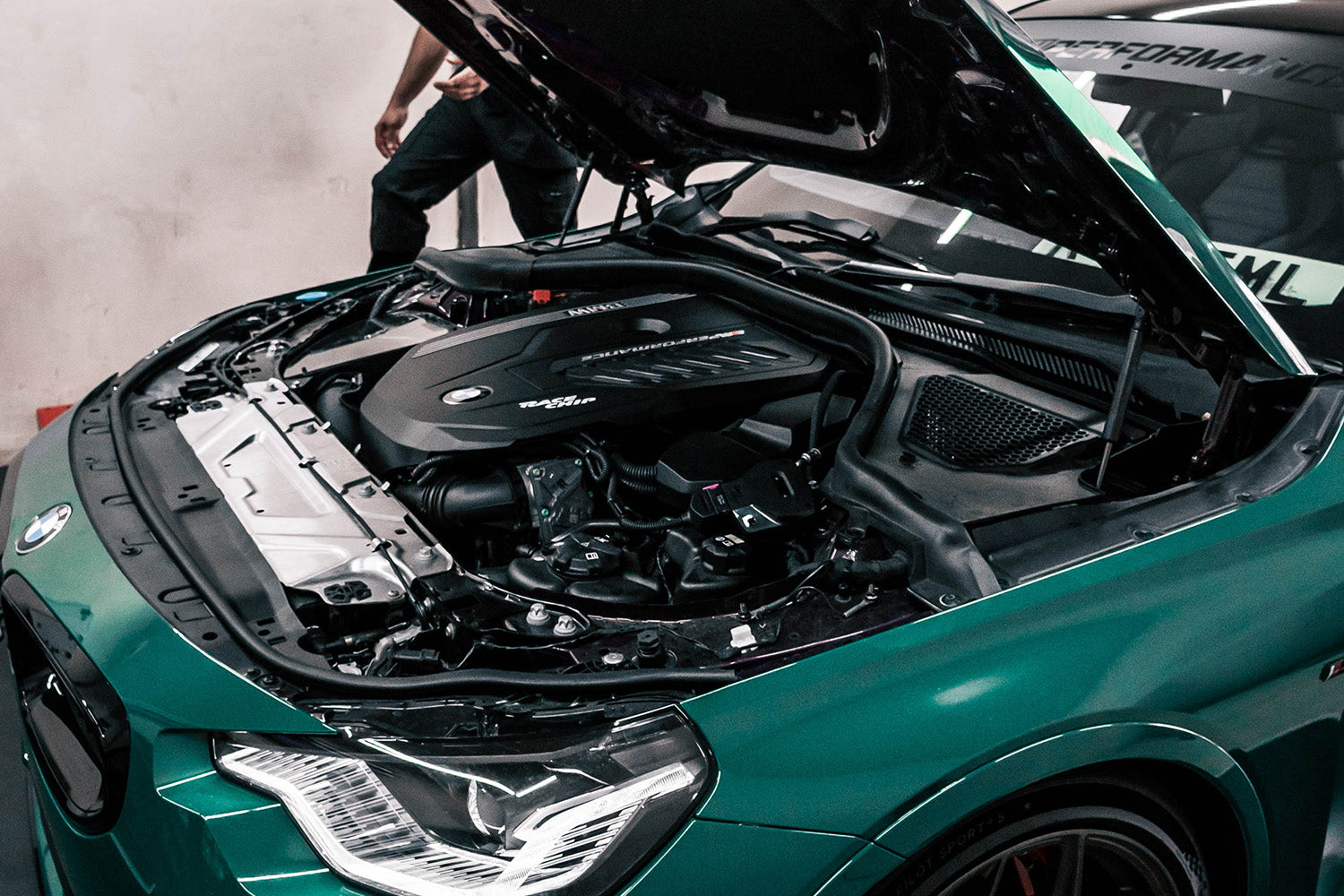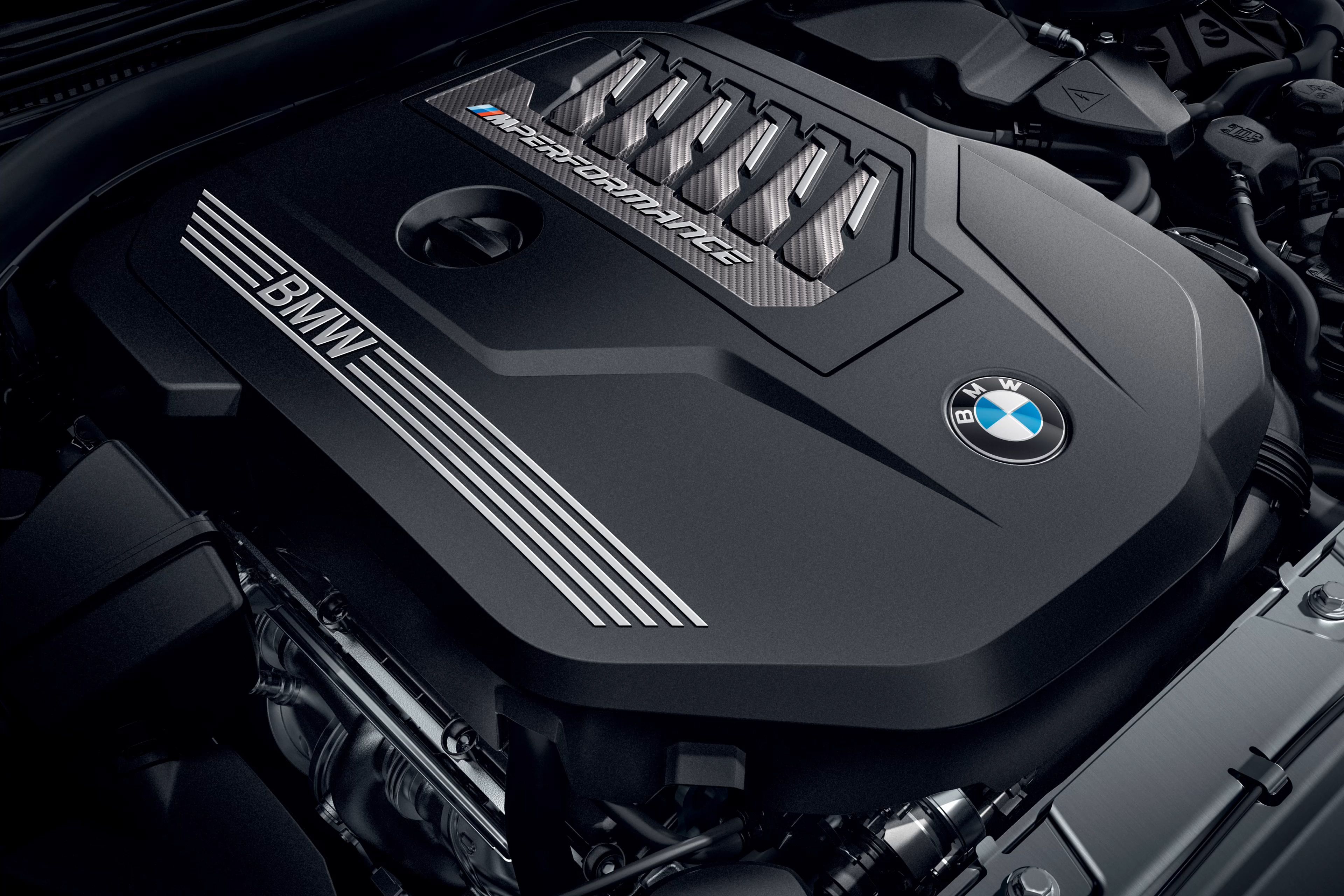Exactly how to Maintain Your BMW Engine for Optimum Performance and Longevity
Exactly how to Maintain Your BMW Engine for Optimum Performance and Longevity
Blog Article
Exploring the Advancement of Burning Engines in Modern Transportation Equipments
As we navigate the landscape of modern transport, the evolution of burning engines stands as a testimony to human resourcefulness and design prowess. The interplay of history, modern technology, and environmental problems in forming the trajectory of burning engines produces a narrative that is both engaging and insightful.
Early Beginnings of Combustion Engines
Just how did the principle of combustion engines very first emerge in the very early stages of transport advancement? When the principles of inner combustion were first explored, the roots of combustion engines can be mapped back to the 17th century. In 1673, Christian Huygens conceived a standard inner combustion engine that made use of gunpowder to generate power. It had not been till the late 19th century that practical applications of combustion engines in transport started to emerge.
The innovation moment included the creation of the very first effective gasoline-powered engine by Karl Benz in 1885 - bmw engine. This engine led the way for the advancement of the contemporary automobile, changing transportation systems worldwide. Succeeding innovations by Nikolaus Otto and Gottlieb Daimler additionally fine-tuned burning engine modern technology, resulting in the mass manufacturing of cars and the fast growth of the transportation market
These very early combustion engines were characterized by their simpleness and performance, laying the structure for the complex and effective engines used in modern-day transportation systems. The advancement of burning engines has actually contributed in forming the means we travel and transport products, marking a significant milestone in the background of transport growth.
Transition to Internal Burning Modern Technology
The shift to internal combustion technology marked a critical shift in the evolution of transport systems. This shift started in the late 19th century, with developers like Nikolaus Otto and Gottlieb Daimler developing the initial effective internal burning engines. These engines transformed transportation by using an extra effective and effective option to heavy steam engines and electrical motors.
One of the essential benefits of internal burning engines was their capacity to be reduced to fit right into cars, bring about the development of motorcycles and cars. This shift from large, fixed engines to small, mobile ones led the way for the modern transportation systems we see today.
The transition to inner combustion technology also stimulated innovations in fuel innovation, bring about the growth of gas and diesel as main gas resources for vehicles. This shift not just made transportation a lot more available to the masses yet additionally laid the structure for the oil and gas industry to come to be indispensable to worldwide economic situations.
Impact of Combustion Engines on Transport
The adoption of burning engines in transport systems militarized an extensive shift in the performance and rate of global wheelchair. Burning engines revolutionized transportation by giving a reliable and versatile resource of power for numerous lorries, including autos, ships, planes, and trucks. This development substantially boosted the capability for people and items to move over lengthy distances in shorter timespan, resulting in enhanced connection in between regions and nations.
Furthermore, the widespread usage of burning engines has actually had a substantial influence on economic development. The ability to transport items effectively has spurred profession and business, permitting companies to increase their markets and get to customers worldwide. This has actually promoted financial development and globalization, as products can currently be carried much faster and in larger amounts than in the past.
However, the environmental effect of burning engines can not be ignored. The burning of fossil fuels has caused air pollution and greenhouse gas exhausts, adding to climate adjustment and posturing health threats to populaces. bmw engine. Consequently, there is a growing emphasis on developing different propulsion innovations to reduce these adverse results and develop a more sustainable future for transportation
Developments in Combustion Engine Layout
One notable innovation is the development of turbocharged engines, which make use of exhaust gases to drive a wind turbine that presses inbound air, enabling for more gas to be charred, resulting in increased power output without a significant rise in engine dimension. Variable valve timing systems have actually likewise transformed engine layout by optimizing air movement straight from the source at various engine speeds, boosting both power and effectiveness. These developments collectively here are the findings contribute to the continual improvement of burning engines in modern transportation systems.
Future Patterns in Combustion Engine Advancement
With innovation improvements driving constant advancement, the future of burning engine advancement is positioned to revolutionize transport systems worldwide. Among the essential patterns in burning engine development is the push towards better performance and lowered discharges. Manufacturers are investing greatly in research and growth to enhance engine performance while fulfilling strict environmental regulations. This consists of the integration of advanced gas injection systems, improved turbocharging approaches, and making use of lightweight products to optimize gas intake and reduce carbon discharges.
An additional noticeable trend is the adoption of crossbreed modern technologies in burning engines. Hybrid engines incorporate standard combustion technology with electrical power, offering boosted gas efficiency and reduced discharges. As the automotive market shifts towards electrification, hybrid combustion engines are viewed as a transitional solution that connects the gap in between conventional vehicles and fully electrical ones.
Moreover, the assimilation of wise innovations, such as expert system and information analytics, is anticipated to play a significant duty in the future of burning engine development. These technologies can enhance engine efficiency in real-time, resulting in much more efficient burning procedures and improved overall vehicle performance. Welcoming these future patterns will certainly not only drive advancement in burning engine development but additionally add to a more sustainable and environmentally friendly transport ecological community.

Final Thought
In final thought, the development of combustion engines in contemporary transport systems has been noted by substantial improvements in innovation and design. From the very early starts of combustion engines to the shift to inner burning modern technology, these engines have had an extensive effect on transport.
The roots of burning engines can be traced back to the 17th century when the concepts of over here interior combustion were very first explored. These engines transformed transportation by offering a more effective and efficient option to steam engines and electrical motors.

Report this page